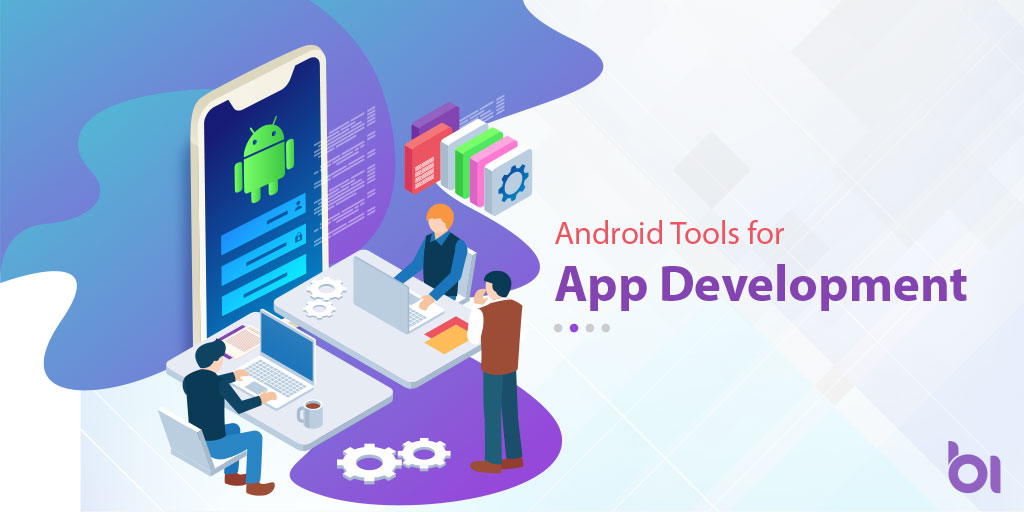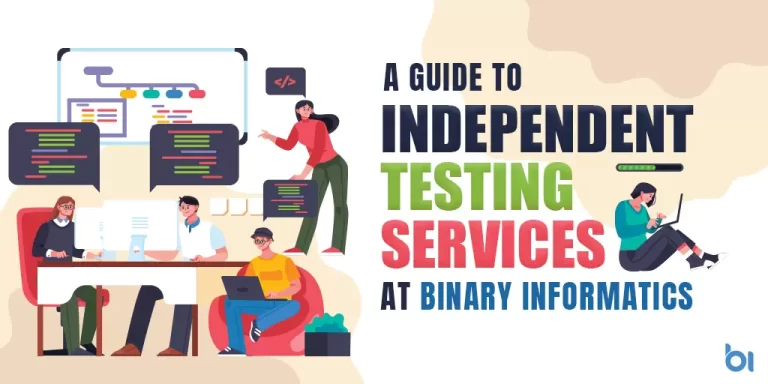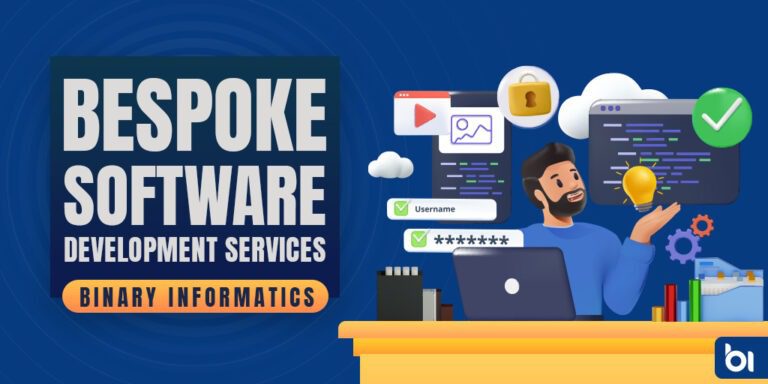Android offers unlimited open doors for developers: it is a flexible, open-source utilized by a huge number of clients worldwide with a powerful distribution platform to reach an enormous crowd. Luckily, there are additionally a lot of Android developer tools to get started and help streamline your work process. Even better, the quantity of these tools is expanding constantly, while everyone keeps on winding up progressively effective and natural. There has never been a superior time to make your own Android application!
Below, you’ll find the most useful and powerful Android Tools for App Development. Let’s find out:-
Table of Contents
ToggleLatest Android Developers Tools 2019
#1) Android Studio
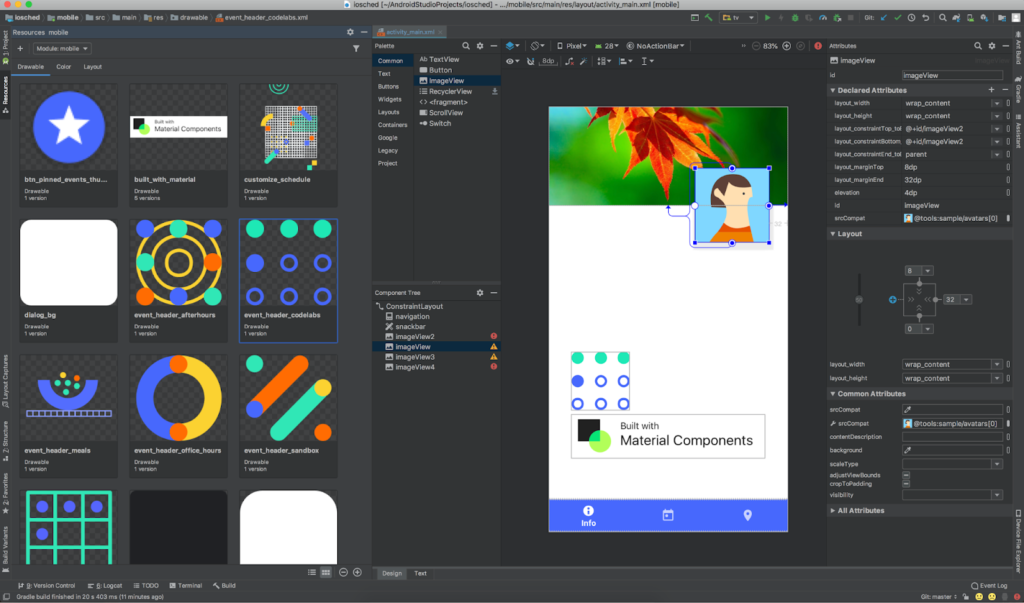
No rundown of Android Tools would be finished without Android Studio. This is the official IDE (Integrated Development Environment) for Android, settling on it the main decision for most of the developers hoping to make essential applications with regards to Google’s Material Design and with access to all the advanced highlights of the platform.
It contains highlights like APK analyzer, fast simulator, adaptable build framework, visual design, and intelligent code editorial manager and so on to give you a smooth application development environment.
#2) Unreal Engine

Unreal Engine is one of the best Android Tools for real-time technology. From big business applications and to great cinematic experiences games across over PC, console, mobile, VR and AR. It has numerous elements like Photoreal Rendering in Real-Time, Full C++ Support, Robust Multiplayer Framework, VFX and Particle Systems, Film-Quality Post-Process Effects, Flexible Material Editor, Extensive Animation Tools, Built for VR, AR and XR, Content Browser and so on.
#3) PhoneGap

PhoneGap is an Open Source Mobile App Development Tools free to utilize a Hybrid App Development Framework. It falls into the classification of cross-platform application development. It may be utilized for building up a single application which takes shot at all mobile devices.
Android App Development Tools
#4) Visual Studio -Xamarin

Xamarin is cross-platform for application development and implementations for Android. C# language, for the most part, uses Xamarin and for that Microsoft’s Visual Studio use as an IDE.
Utilizing this you can make applications for every mobile platform like Android and iOS and ability to make local UI over each of the platforms.
Visual Studio is the most valuable tool for mobile developers. Microsoft now incorporates worked in Services for Android, iOS, Windows. It offers Android Tools to assemble applications, oversee little to enormous groups, manage version control and build services.
#5) ADB (Android Debug Bridge)
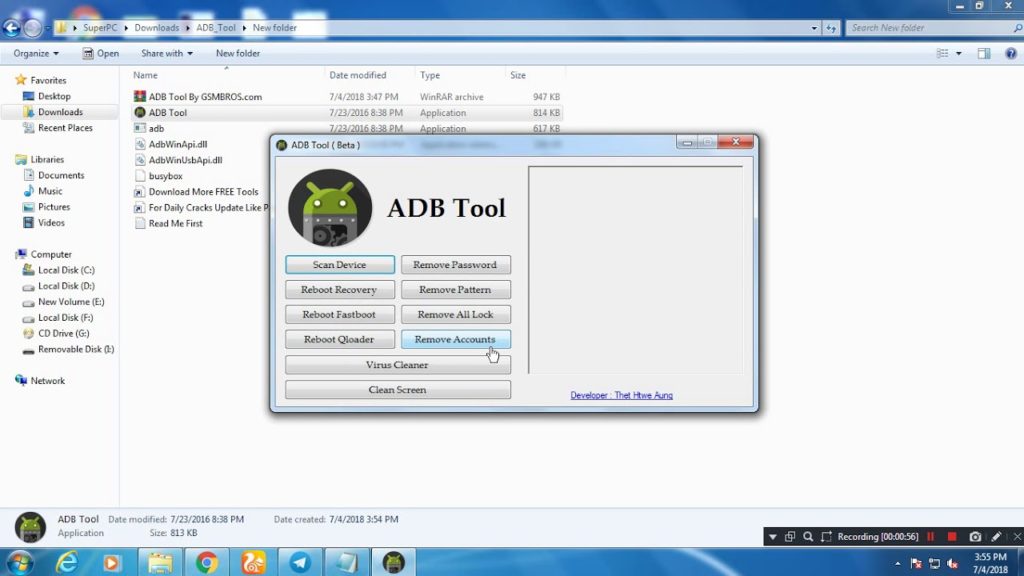
Android Studio incorporates the Android Debug Bridge, which is a command-line tool or “bridge” of communication between Android devices and other computers that can be utilized during development and the general debugging and QA process.
By connecting an android device to the development PC and entering a progression of terminal directions, a developer can make changes as expected to both devices.
#6) B4A

Basic4android is a simple but incredible Android application development environment. Its language is like the Visual Basic language and supports more objects.
Basic4android compiles code into Android native applications without the help of other runtime situations. This tool is grown exclusively for Android applications and does not support different platforms.
Features:
- Creating Android applications with a less difficult programming language (BASIC)
- A visual editorial manager for controlling perspectives as you like
- Remote investigating
Basically, B4A gives a helpful IDE and interpreter that enables you to make applications in a more simpler programming language.
(Android Development Tools List- Continued)
#7) Fabric
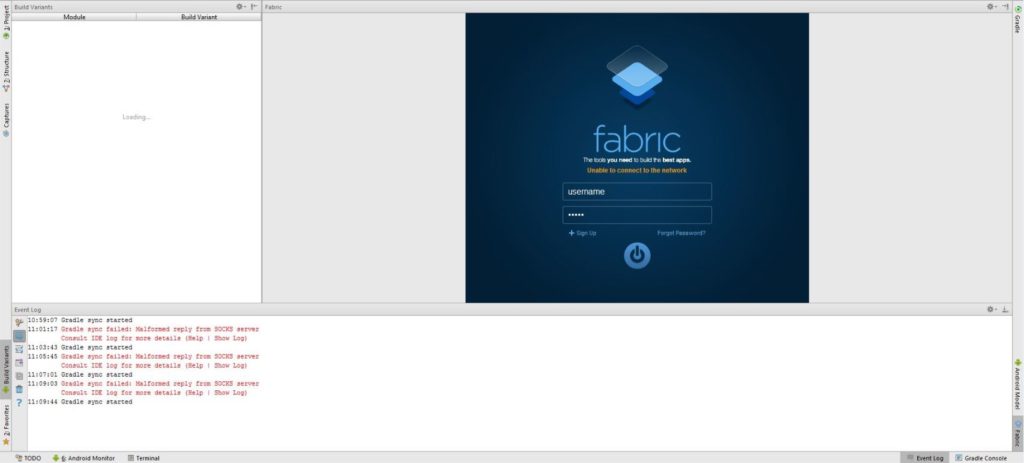
Fabric is one of the Android Tools that helps your mobile application development team to build better applications, find out about your clients progressively, and develop your business dependent on expository information.
From development to launch and beyond, Fabric gives a total, real-time application execution and health status for everybody on your development group. It additionally gives developers information about client movement and where clients are well on the way to connect with the application.
#8) Native Development Kit(NDK)

The NDK is a toolset that enables Android developers to execute parts of their application utilizing native code languages, for example, C and C++.
It can be proved to be a great deal of assistance for the developers as they can reuse existing code libraries written in these languages.
The most significant point to be considered here is that NDK won’t profit generally applications. The developers need to adjust its additions over downsides, as the native code may not generally expand the presentation. Prefer NDK if it is fundamental to your application, never because that you basically like to program in C/C++.
#9) Hyper Next Android Creator
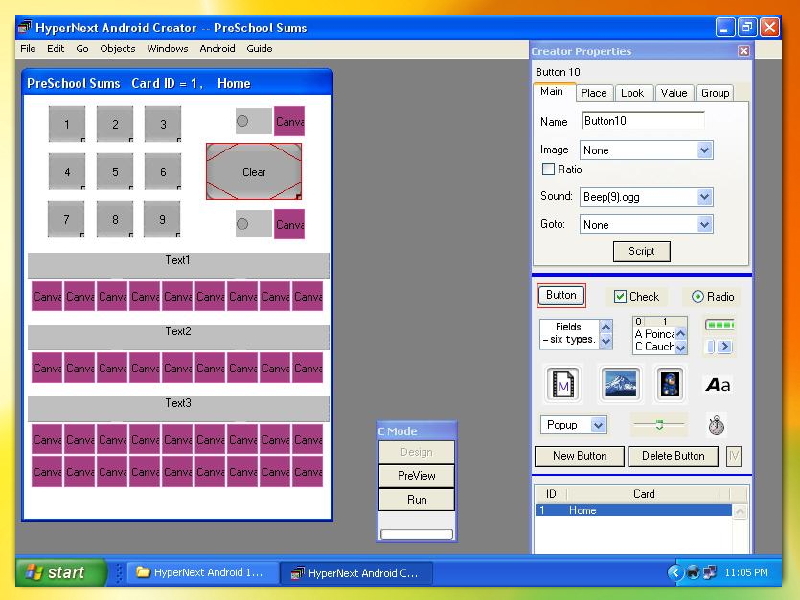
HyperNext Android Creator (HAC) is a simple to utilize software creation framework that permits nearly anybody to rapidly begin assembling their very own Android applications that work. Applications created on HAC enjoys great help on a wide scope of devices.
HAC activity depends on HyperCard, which treats programming as a pile of cards, where just one card is unmistakable at once and subsequently is very appropriate for smartphone applications which permit single-window activity.
The programming language utilized in HAC is “HyperNext” is considerably more like English, making it easy to understand to learn and implement.
#10) Eclipse

Eclipse is an open-source, Java-based integrated development environment. It is composed principally in the Java language for creating Java applications; however, it can also be utilized to create applications in other programming languages.
This is finished with the utilization of modules, including Ada, ABAP, C, C++, and that’s just the beginning. Google never again offers help for Eclipse, numerous developers still use it to make Android. And different cross-platform applications.
#11) Kotlin

Kotlin arrived as an open-source and statically-typed programming language, in light of JVM (Java Virtual Machine) and made by JetBrains. Kotlin gave a modern touch to the area of Android Development and quickly filled in the weak zones that were prominent in Java.
The best part of Kotlin is that it enables developers to compose code. And that is interoperable with Java and can be arranged to utilize the JavaScript source code.
#12) React Native
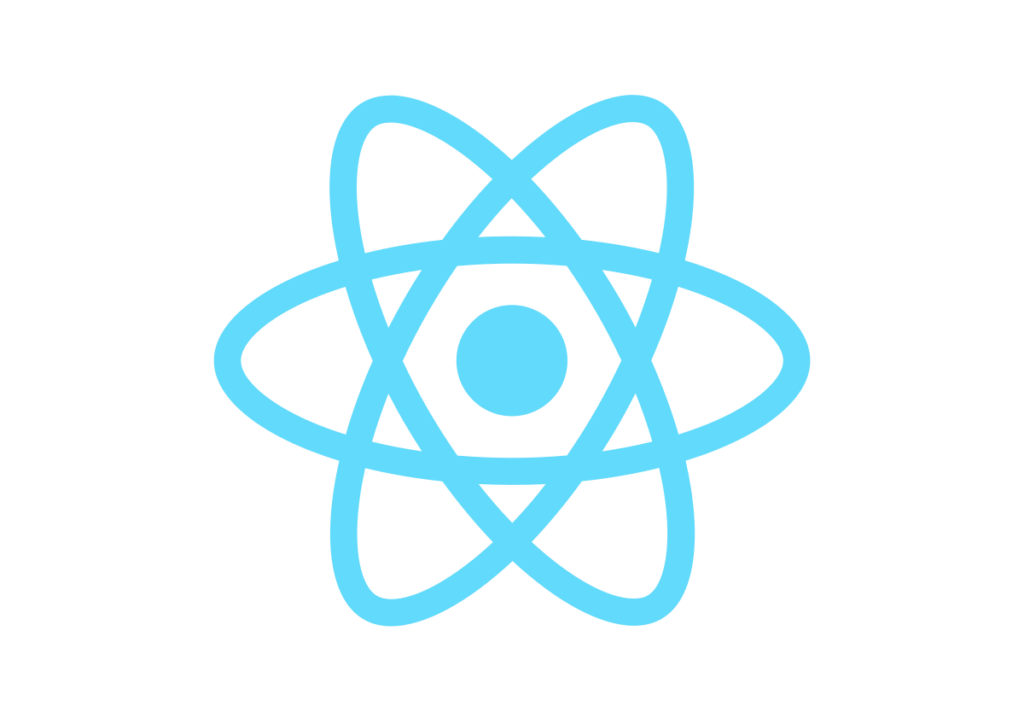
React Native is also one of the open-source mobile app development Android Tools in which you build mobile apps for Android and IOS and It is introduced by Facebook.
As it uses a JavaScript framework, it has gained ground quickly among the developers. It supports Android 4.1 +, IOS 8 +.
Example: Facebook, Instagram, Airbnb, Walmart, Skype, and Tesla.
#13) Ionic

Ionic is an open-source and software development kit built to enable hybrid mobile app development. it is the front-end framework for mobile apps and contains a lot of mobile-optimized HTML, CSS and JavaScript components.
It is an HTML5 mobile app development framework for building hybrid mobile apps. It is used as the front-end UI framework that manages all of the looks and feels and UI interactions in an application.
Since it is an HTML5 framework and it needs a native wrapper like Cordova or PhoneGap in order to run as a native app. It is also built on Angular and SAAS.
Example: CAT, Target, Diesel, MarketWatch
Conclusion
There are actually several other Android Tools, such as; these are available for Android Development. Every Developer has their very own inclination for what tools and environments they work with dependent on the specific application they are creating.
As the interest for Android applications keeps on growing, the pool of platforms and arrangements that helps save developers time while delivering higher-quality applications will keep on expanding also.

